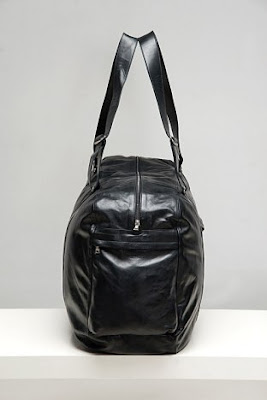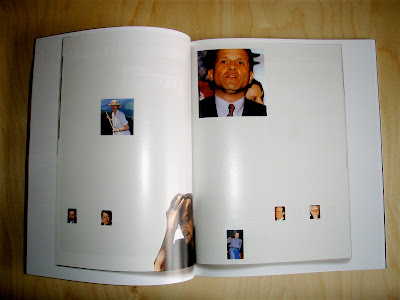Although art historians would damn us for such a statement, we consider that she uses the media as a platform to perform relational art. An artist of Bourriaud’s esthétique relationelle? No! They open Indian restaurants and «double clubs», they’re not simply portrayed on glossy paper. But we strongly think that the media induces a connection between the content and the viewer in a two-sided relation of reception and retroaction. As Warhol proved decades ago and Matthieu Laurette more recently, a media sphere intervention by an artist is intrinsically linked to his art and practice. For these reasons, we can’t consider the media presence of Aurel Schmidt as a collection of simple features, but rather as an art that went from its traditional form to the street, and then, to the magazine.
This new signification of the artist’s body, not far from the issues tackled by the post human movement, involves that Purple’s conceives Schmidt’s body as a space of artistic significance. An assertion reinforced by Purple’s last issue (Fall-Winter 2009), where Schmidt’s tattoo (a garter snake) is analyzed through an interview with the artist.
Olivier Zahm: Are there snakes in your artworks?
Aurel Schmidt: In my older work I drew a lot of snakes.
Our answer: From the canvas, to the street. And from the magazine to her body, Aurel Schmidt’s art is multiform. Are there snakes in her artwork? Yes, whether they are drawn on paper or tattooed on her skin.
Olivier Zahm: Are there snakes in your artworks?
Aurel Schmidt: In my older work I drew a lot of snakes.
Our answer: From the canvas, to the street. And from the magazine to her body, Aurel Schmidt’s art is multiform. Are there snakes in her artwork? Yes, whether they are drawn on paper or tattooed on her skin.


























